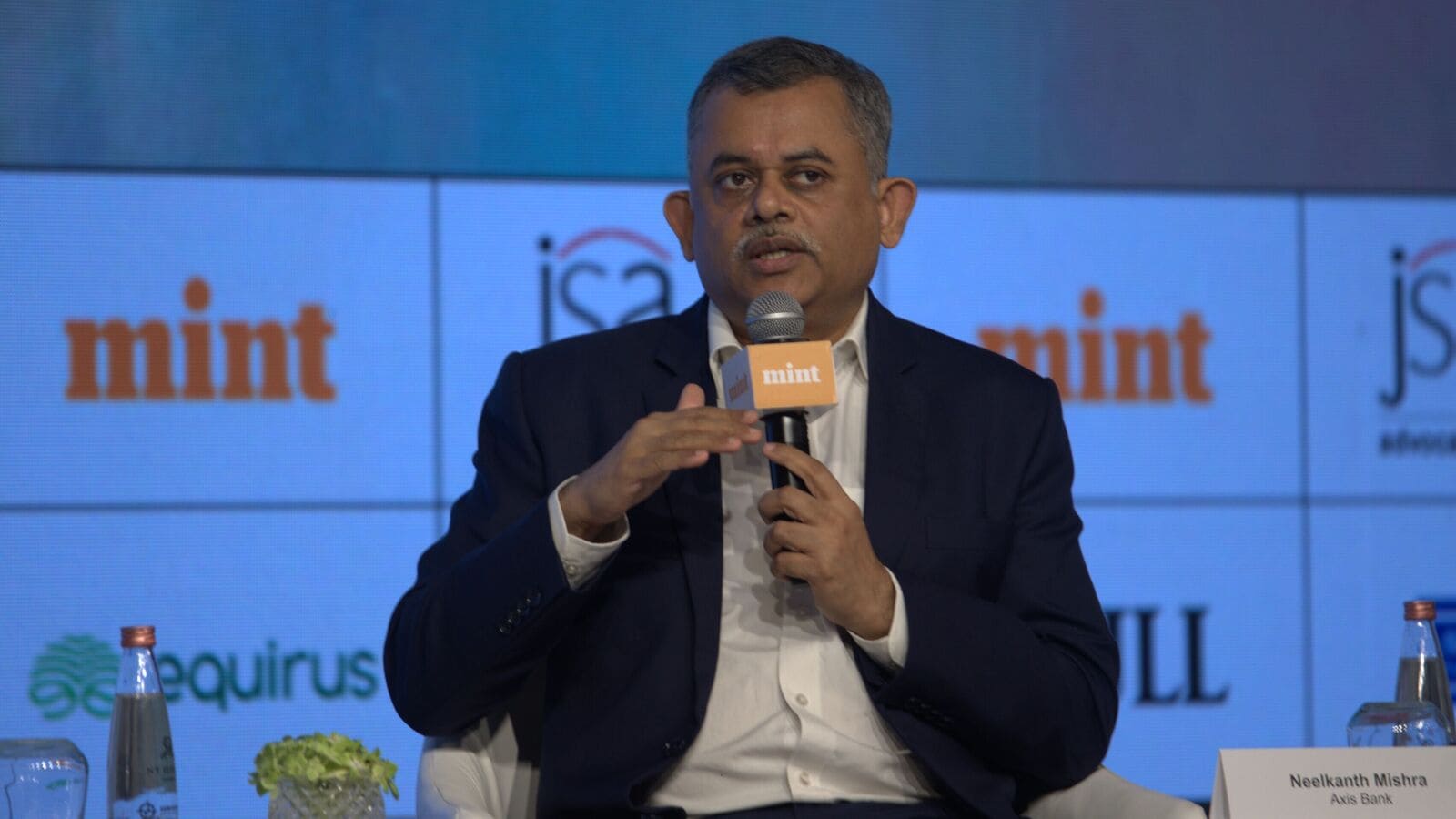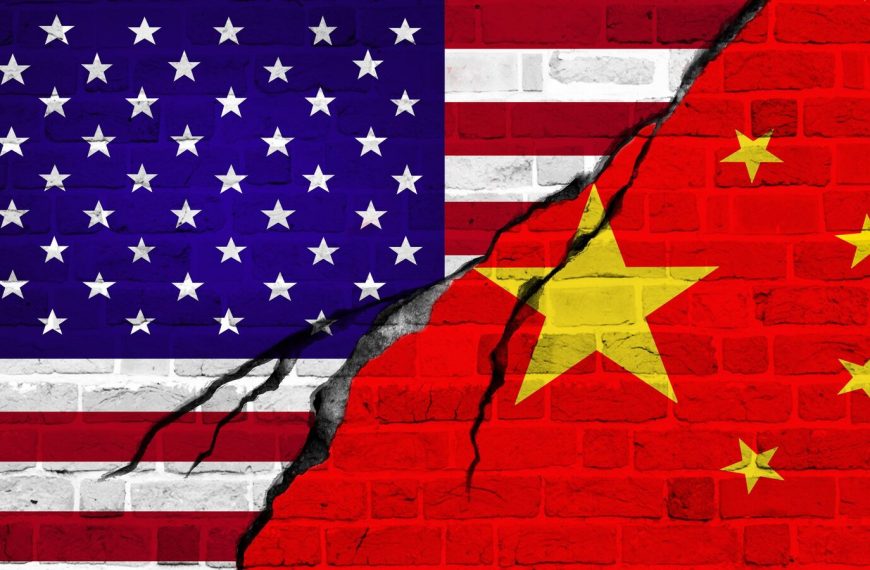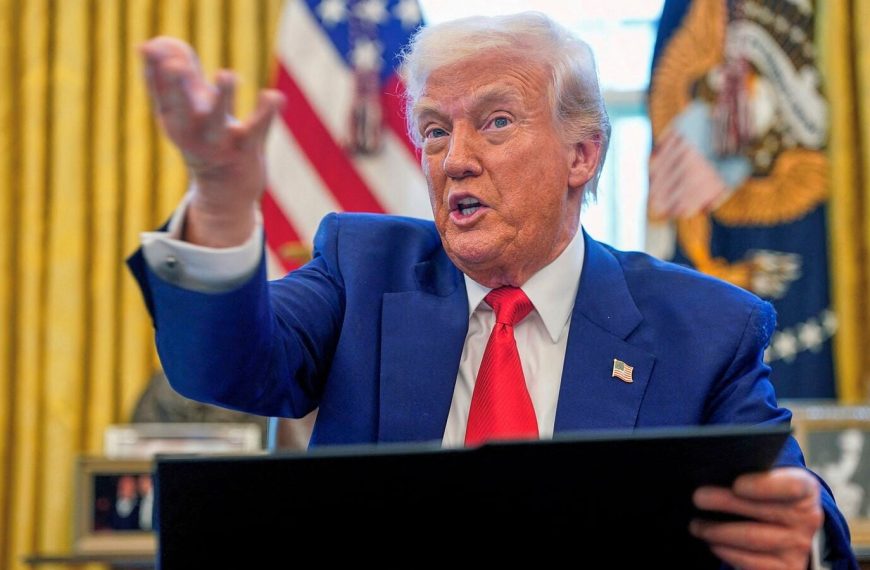New Delhi is witnessing a shift in economic dynamics, with the headwinds from the central government’s fiscal consolidation plans starting to diminish. According to Neelkanth Mishra, the chief economist at Axis Bank, the current economic slowdown appears to be cyclical rather than structural. With the government’s push for deregulation, there’s potential for growth to accelerate in the coming quarters.
Economic Outlook: Easing Growth Headwinds
Mishra pointed out that while government spending for the financial year 2023-24 was initially focused, it is now back-loaded, which could result in significant growth as the fiscal year draws to a close. He noted, “The drag on growth experienced in FY25 is expected to lessen, paving the way for a more robust economic environment.”
Despite a slowdown in growth from the previous fiscal year, India continues to hold its position as the fastest-growing major economy. The real GDP increased by 8.2% in FY24 and is projected to grow by 6.5% in FY25, as reported by the National Statistical Office (NSO). Growth rebounded to 6.2% in the December quarter, up from 5.6% in the prior three months, largely fueled by heightened government spending and seasonal consumer activity.
The Role of Monetary Policy
Mishra also expressed concerns regarding the effectiveness of further interest rate cuts. The Reserve Bank of India has maintained its key interest rate at 6.50% for almost two years, only slightly adjusting it to 6.25% in February 2023. He warned that prolonged tight liquidity might limit the impact of any future rate reductions.
- Key interest rate: 6.50% held for two years
- Recent cut: 25 basis points to 6.25%
- Expected GDP growth: 6.5% in FY25
Navigating Trade Challenges
As the landscape of global trade evolves, Mishra emphasized the necessity for India to pivot towards bilateral trade agreements. With the decline of multilateralism, the introduction of reciprocal tariffs by the United States starting April 2 could signal a new era in international trade dynamics. He noted, “This could usher in a prolonged period of uncertainty, although the immediate threat from US imports seems limited to certain agricultural commodities.”
From April 2024 to January 2025, India’s goods exports increased by 1.39% year-on-year, totaling $358.91 billion, while imports surged by 7.43% to $601.90 billion, resulting in a trade deficit of $22.99 billion.
Domestic Demand Over Exports
Mishra cautioned against relying on exports as a long-term growth strategy. He stated, “For large economies like India and China, net exports can temporarily drive growth, similar to China’s experience from 2000 to 2008. However, sustainable growth must leverage domestic demand.”
A Leaner Government Approach
On the topic of deregulation, Mishra acknowledged the progress made over the last decade. He believes that the government’s intention to pursue further deregulation in the 2025-26 Budget will significantly benefit industries, particularly micro, small, and medium enterprises (MSMEs). He added that decision-making within the government has become notably faster.
As global industrial policy competition intensifies, Mishra stressed the need for a more streamlined and focused government approach. He highlighted that sectors such as batteries, chemicals, and fertilizers are lagging behind China by 10-15 years, primarily due to limited fiscal support and fragmented decision-making.
Rethinking PLI Schemes
Mishra also pointed to the Production-Linked Incentive (PLI) schemes as a learning opportunity for the government. He acknowledged the decision not to renew certain PLI programs as appropriate, emphasizing that these initiatives often failed to meet their objectives. “Setting an end date clarifies expectations and prevents complacency within industries,” he noted.
According to recent reports, the central government has chosen not to extend its $23 billion PLI program, which aimed to bolster domestic manufacturing and reduce reliance on China, beyond its initial 14 pilot sectors.
The Dollar’s Future as a Reserve Currency
Lastly, Mishra remarked on the status of the US dollar as a reserve currency, suggesting that it is premature to expect a significant decline in its dominance within the next three to five years. However, he anticipated that over the next 15-20 years, there could be a gradual shift toward non-dollar assets in international reserves and invoicing.
In summary, while India’s economic landscape faces challenges, the insights from experts like Neelkanth Mishra provide a roadmap for navigating these complexities with an eye on future growth potential.











